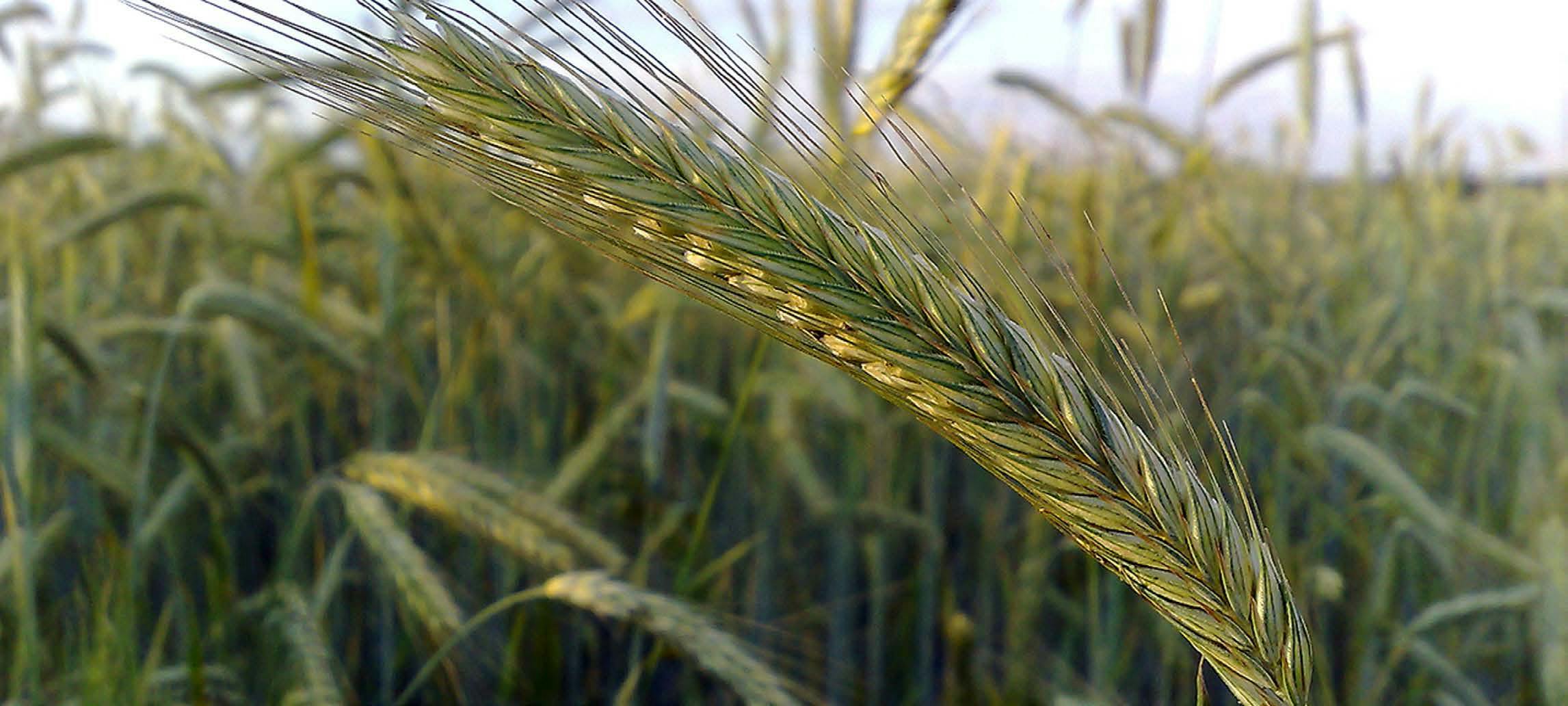Research Shows Extra Cover Crop Growth Prior to Soybeans Provides Benefits

Research at Iowa State University, funded by the United Soybean Board (USB), suggests that an additional period of cover crop growth prior to soybeans results in high cover crop biomass production, nitrogen retention and has no negative effect on yield. Mike Castellano, Iowa State University associate professor in agronomy, has been working on the project over the last three years to show the effect of cover crops preceding soybeans. The study consisted of three major experiments that included corn and soybean systems with and without the cover crop, winter cereal rye. The cover crop prior to corn was terminated about seven to 10 days before planting corn, while the cover crop prior to soybeans was terminated at two different times— the same day the cover crop was terminated in corn, and approximately three weeks later, the day before soybean planting. Winter cereal rye that grew an extra three weeks prior to soybean planting produced about 300 to 400% more biomass with a 100% increase in nitrogen retention, when compared with the early terminated cover crops. “The extra three weeks of cover crop growth is like getting three to four years of cover crop production in the system and organic matter into your soil,” said Castellano. “This is clearly a way to speed up the process of receiving the benefits of biomass production.” The study also showed that cover crops left in the field for an additional three weeks before soybean planting increased the nitrogen in the cover crop from 40 pounds per acre to over 80 pounds per acre. “It really goes to show that you get a lot of bang for your buck in those extra three weeks,” said Castellano. “And despite letting the cover crop grow an extra three weeks, we saw the same soybean yields.” While the research so far has demonstrated what an extra period of growth can do for cover crop biomass, the overall goal of the research is to link the amount of cover crop biomass directly to economic benefits. “At the present time, we can say with confidence that we can retain a lot more nitrogen in the system and lose less to the environment with increased biomass production,” said Castellano. “In the short term, that’s a great benefit for water quality challenges. In the long term, adding that biomass and keeping that nitrogen in the system will build soil health.”
FUTURE COVER CROP RESEARCH
In the future, Castellano believes the effects of additional biomass production and nutrient retention will lead to reduced fertilizer rates and increased yields, due to the improvement of soil characteristics such as lower compaction, more organic matter, aeration and water-holding capacity. Daren Mueller, extension plant pathologist, and Leonor Leandro, associate professor of plant pathology and microbiology, at Iowa State have also been working on the soybean and cover crop research project, focusing on the effects of cover crops on insects and disease. “To date, we have not found any of the cover crops we have evaluated to increase disease in the field,” said Mueller. “We’ve found that some of the cover crops may get infected with some pathogens, but this has not led to an increase in diseases in the main crop.” Mueller and Castellano intend to continue research on cover crops in a corn and soybean system to find short term economic benefits for the farmer by looking at extra cover crop biomass through pest management. “We think exploring the potential reduction for fungicide sprays and other pesticide applications are good opportunities for the farmers to see some short term benefits from the extra cover crop biomass,” said Mueller.

